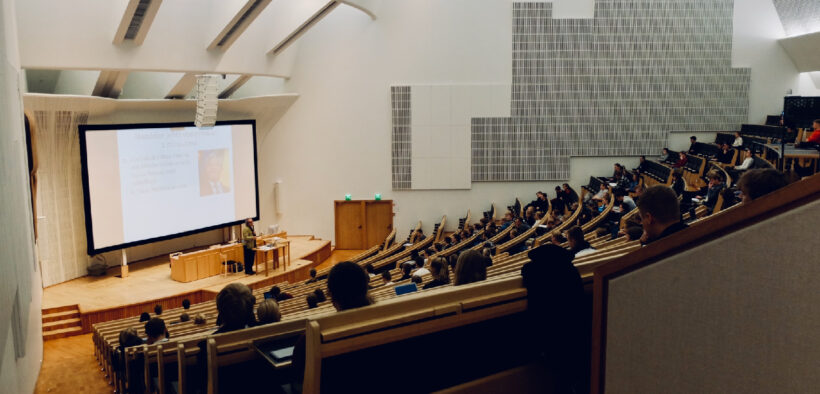As professors dedicated to improving our teaching, we often grapple with the challenge of limited time to influence our students’ learning experiences. As experts in our fields, we bear the responsibility of not only imparting knowledge and fostering critical thinking but also cultivating a supportive classroom community and addressing students’ “soft skills.” Recognizing the significance of these additional components, I delved into research to explore the benefits of integrating social and emotional learning (SEL) into my lessons. The profound impact I discovered convinced me to gradually incorporate SEL components into both online and in-person classes, resulting in a transformed classroom climate and enhanced student learning. In this article, I hope to share how effortless and valuable it can be for you to embark on a similar journey with your students.
Time Well Spent: Enhancing Classroom Climate with Social and Emotional Learning

Related Articles
I have two loves: teaching and learning. Although I love them for different reasons, I’ve been passionate about...
Active learning is a mostly meaningless educational buzzword. It’s a feel-good, intuitively popular term that indicates concern for...
Perhaps the earliest introduction a student has with a course is the syllabus as it’s generally the first...
Generative AI allows instructors to create interactive, self-directed review activities for their courses. The beauty of these activities...
I’ve often felt that a teacher’s life is suspended, Janus-like, between past experiences and future hopes; it’s only...
I teach first-year writing at a small liberal arts college, and on the first day of class, I...
Proponents of rubrics champion them as a means of ensuring consistency in grading, not only between students within...







